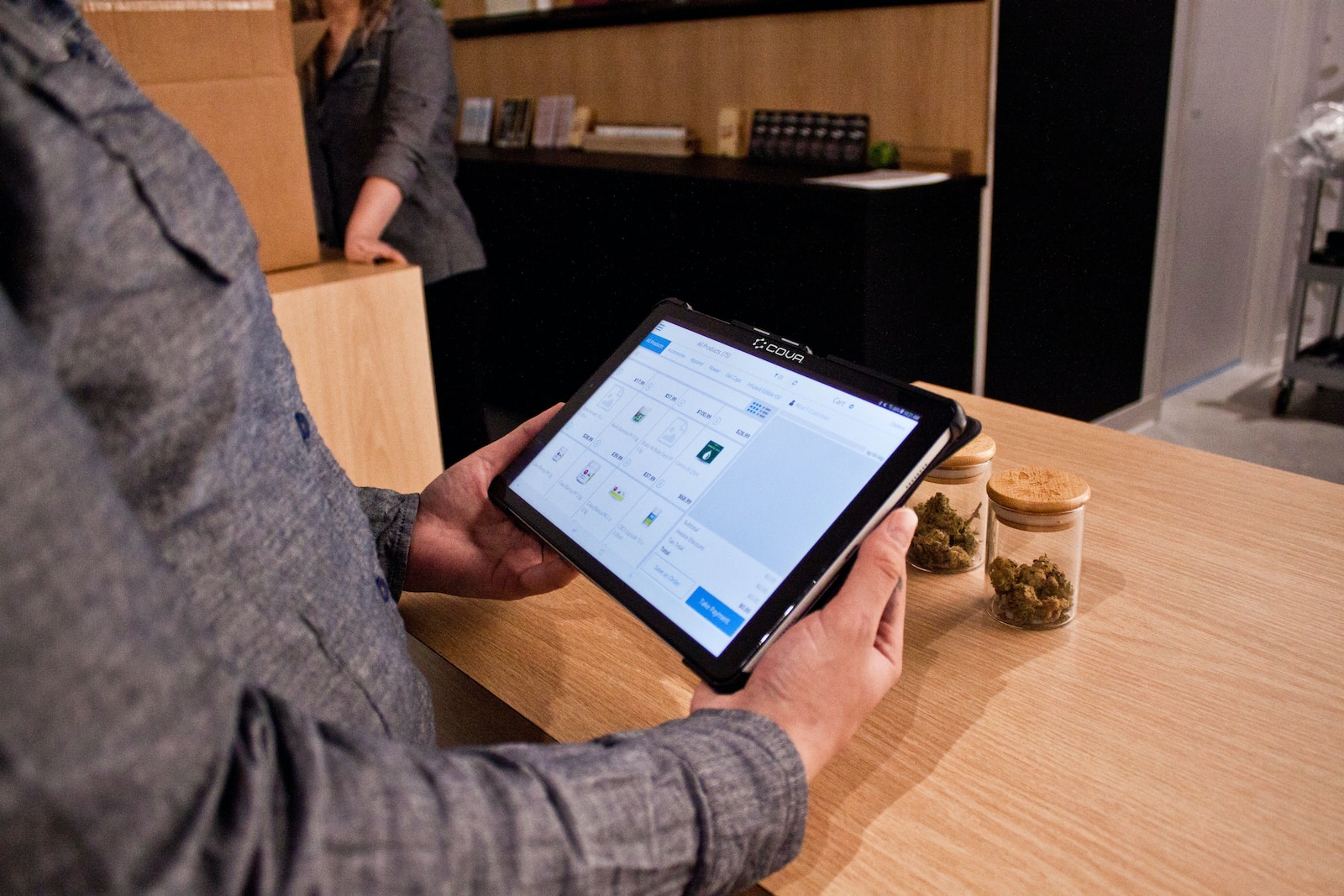Revolutionising Transactions: Unveiling the Fusion of Agile and Traditional Ordering Channels in Cutting-Edge Payment Systems
As the world of technology evolves, it brings forth disruptive and innovative methods for ordering in the hospitality and retail sectors. However, as a business, it is crucial to identify which solutions align with your specific needs. Choosing a technology partner holds immense significance, as selecting the wrong one can result in financial losses rather than savings.
Traditional development approaches have transitioned to agile methodologies in the realm of technology. Similarly, the same principles are now applied in the domain of ordering and payments. The importance of agility in customer ordering and payments must be balanced, alongside key considerations about data ranging from the items they order to the methods they use for payment.
What is the difference between agile and traditional?
Traditional methods would be taking orders via pen and paper, an electronic point of sale, or staff taking orders on little pads at tables. However, more agile ways of ordering have embraced us, like self-service kiosks, QR code ordering, mobile points of sales, and soft points of sales.
Why should businesses embrace agile methods of ordering?
While traditional approaches have their merits, they often lack scalability. In contrast, agile omnichannel ordering leverages technology to accomplish tasks that typically require humans, all within seconds. This innovative approach empowers customers to choose their preferred ordering method, such as self-service via QR codes or mobile apps, or more traditional options like table service. By embracing agile omnichannel ordering, businesses can enhance customer satisfaction and streamline operations.
How do you get the right balance?
Ordering and payments have been game changers over the years but also have been stale in accepting and adapting to new technology. One of the main reasons has been that they make money from the existing technology and do not need to change something that isn’t broken. However, with the rise of contactless and mobile payments, businesses are seeing the benefits of utilising technology in their ordering and payment processes.
Customers today want convenience and efficiency and increasingly use their smartphones for all kinds of transactions. By offering various ordering options through technology, businesses can cater to these customer preferences while streamlining their operations. For example, self-service options like QR codes or mobile apps allow customers to quickly place orders without waiting for a server, reducing wait times and increasing table turnover.
But it’s not just about convenience for customers – embracing technology in ordering and payments can also benefit businesses in terms of cost savings and increased revenue. With self-service options, companies can save on labour costs by requiring fewer. Plus, using technology can lead to upselling opportunities through personalised suggestions and targeted promotions based on customer data.
The benefits of technology in ordering go beyond just self-service options. Online ordering systems allow customers to easily place orders for delivery or pickup, expanding a business’s reach beyond its physical location. This is especially important today, where online presence is crucial for staying competitive.
Furthermore, digital menus offer convenience for customers and provide businesses with valuable insights into popular items and sales trends. This information can be used to make informed decisions about menu offerings, pricing strategies, and marketing campaigns.
In addition to improving the ordering process, incorporating technology can enhance the payment experience for both customers and businesses. With contactless payments becoming increasingly popular, implementing digital ordering and payment systems can create a seamless transaction process for customers.
But beyond the practical benefits of online ordering, it is also an opportunity to showcase a brand’s unique voice. By incorporating branding elements such as logos, colours, and messaging into the online ordering experience, businesses can reinforce their brand identity with every interaction.
Moreover, social media integration within online ordering systems increases engagement and customer retention. This feature enables customers to easily share their orders on platforms like Instagram or Facebook, promoting the business to a wider audience and potentially attracting new customers.
Overall, incorporating online ordering systems not only streamlines operations and improves customer satisfaction, but also serves as a powerful marketing tool for businesses.

